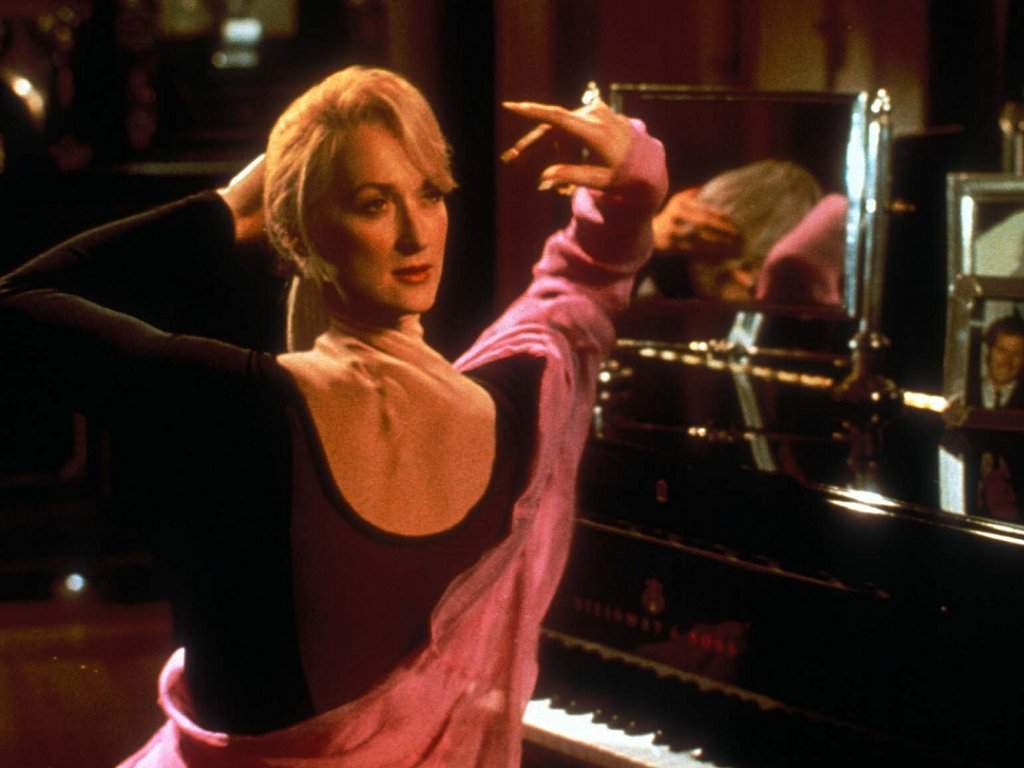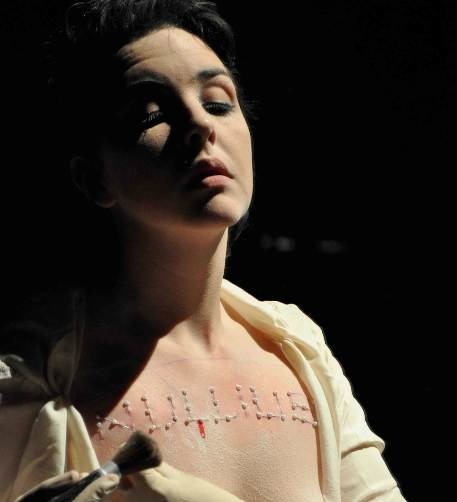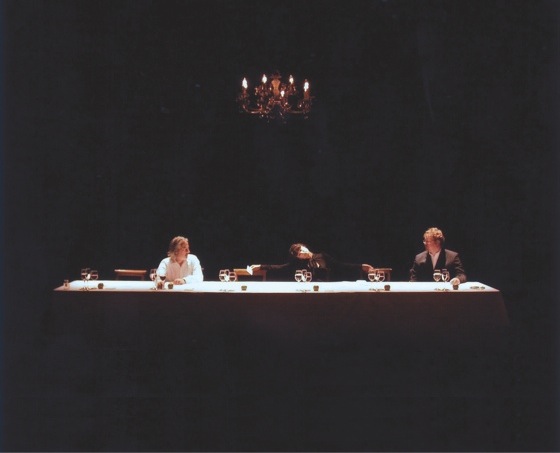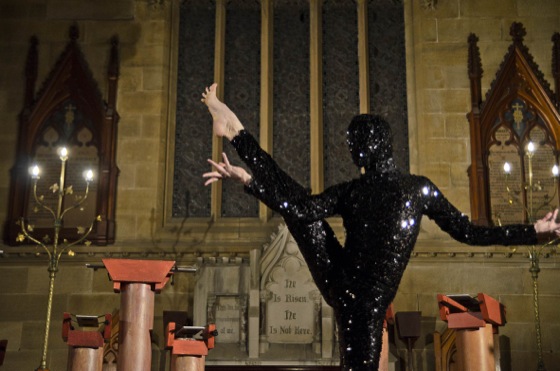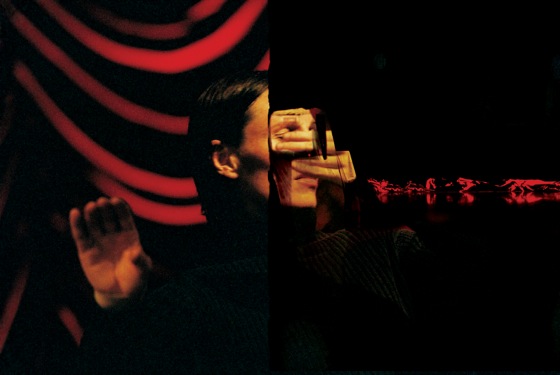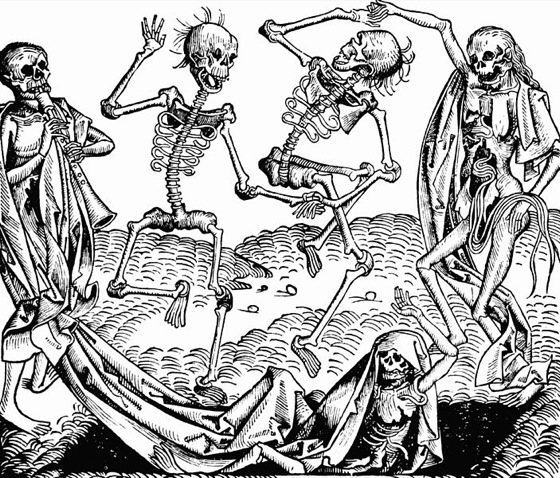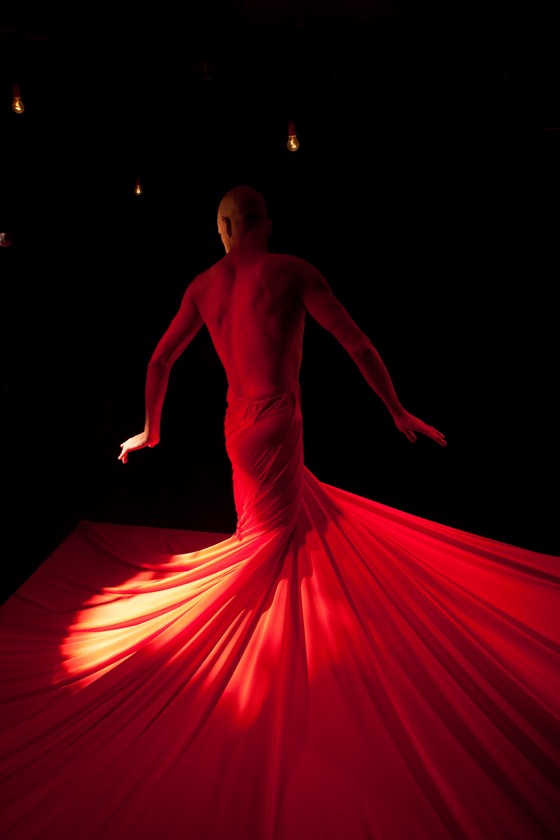Seven Positive Ways to Think About Death at Performance Space
See how seven performances and interactive artworks have made a positive experience out of the theme of death.
In 1963, "muckraking" journalist Jessica Mitford (the staunchly left-wing sister-in-law to the UK's most famous pre-war fascist leader) wrote the seminal expose of the funeral industry: The American Way of Death. Mitford revealed funeral-parlour up-selling, lay-by burial rip-offs and a whole seedy underbelly that would sound pretty familiar to anyone who was scared of the undertaking competitors in Six Feet Under.
For Matters of Life and Death, the Performance Space has pulled together a number of productions with a similar urge to pry into our fears of the workings of the unspeakable hereafter. Each ruminates on death and our anxieties about this looming personal apocolpyse. To get a better idea of how the undiscovered country has affected their mindset, Concrete Playground asked some of the people behind this season's productions their views on a few pertinent, eschatological questions.
Unsettling Suite
Is there a theory of death from life, myth or fiction that appeals most to your work?
In Bone Library, which will be presented in Unsettling Suite as only a fragment of a much, much larger work. This work was inspired in its earliest stages by the historic repatriation of burial pouches, full of incinerated bone meal, to the Aboriginal people of Tasmania by the British Museum.
Traditional Aboriginal burial rituals are really beautiful, I think, if it were still possible under Commonwealth law, which it isn't, of course, I'd love to meet my end in a traditional way. The body of the person is left out, above ground, inside a cave or a hollow log. The animals and insects feast on the remains, and after the bones have been picked clean, the skeleton is retrieved. The bones are regarded as objects of absolute preciousness, of course, they are the only physical remainder of your loved one.
So the bones are distributed among the family, who carry the bone with them. One of the most shocking and irreconcilable things about death is the sudden and absolute absence of the person. Even if a person declines slowly, the moment of death is always sudden and always a shock to us emotionally and spiritually. I really think we have been stripped of whatever tools we once had to deal with this most basic fact of our humanity. I do wish that that I could carry the bones of the people I love, and that they could carry mine, with the knowledge that the rest of me has gone back into the land to nourish the continued cycle of life.
Sarah-Jane Norman's Unsettling Suite is on February 23 to March 10. Photo by Penelope Benton.
The Last Supper
What is your production's view of death?
It's odd that the word production is used in the same sentence as death — they don't sit well together. I'd never say that our Last Supper project is about death. It's about a lot of things: life, history, fame, executions, revolution, change, eating too much, eating too little.
We serve last meal requests from prisoners who were on death row Texas. It takes the title of an event from a man who was also to be executed 2000 years ago, but we're serving food. And some of that food has meant the death of something else. If I start to get involved in this thought process, I find myself becoming stuck in a repeating cycle. You know the experience of experiencing this performance will die away, eventually. Or it will change. Or it might inspire another performance. I do hope so.
Mole Wetherall answered on behalf of Reckless Sleepers. The Last Supper runs February 27 - March 9.
NightTime: Live and Let Die
Is there a theory of death from life, myth or fiction that appeals most to your work?
Albert Brooks' 1991 Defending Your Life is my favourite movie about the afterlife. Purgatory is an LA courtroom where your life is examined to see if you're brave enough to go to heaven. Also Meryl Streep is really good in it. Our edition of Nighttimes will hopefully be a similar. People being as brave and adventurous as they can, while you sit back and judge them. With some death metal thrown in.
Eddie Sharp is the guest curator for Matters of Life and Death's Nighttime: Live and Let Die on March 2. Photo by Lucy Parakhina.
Mortality talking - Gas Bag
What is your production's view of death?
If we have an intimate relationship with the fact that our life — all life — will and does end, then this impacts on the choices we make, and the quality of our time in this fleshy envelope. This gasbag. This is why it's imperative to get the social and cultural practices around death (eg the funeral industry) and dying (as a medicalised experience) re-contextualised as the inevitable extension of our birthright. Back into our vocabulary, our thoughts, understanding and — for those who want to — our hands. How to create death literacy? That's what my practice as a death literacy educator, celebrant, artist and counselor is about and those are the ideas that Mortality Talking is playing with.
Victoria Spence responded on behalf of Mortality Talking- Gas Bag. It plays on March 9. There's also a questionnaire feeding into the performance. Photo by Heidrun Lohr.
Death (cha) Kucha
What is your productions' view of death?
At the Centre for the History of Emotions we are particularly interested in the emotional aspects of death and dying. One powerful example is suicide. Suicide is hard to talk about. It involves immense psychic pain, both on an individual level and amongst society more broadly. If we can uncover various forms of emotional response to suicide from various cultures across history, then we can begin to place our own understanding of that impulse and its consequences in perspective. This kind of historical understanding has the potential to inform current medical practices.
At Death(cha) Kucha we will be discussing suicide, as well as executions, infanticide and other social taboos. Our aim is to critically engage our audience with their own attitude towards death; right before they sit down to Reckless Sleepers' The Last Supper.
Gabriel Watts responded on behalf of the death-focused pecha-kucha, Death(cha) Kucha: with the Centre of Excellence for the History of Emotions, on March 8. Image of the Dance of Death.
Performance Anxiety
What is your production's view of death?
Some of the characters die, some are killed, some kill, some stare death directly in the face; and some are consumed by the overwhelming sense of loss that the death of a loved one can bring. Performance Anxiety acknowledges that death is inevitable.
Alongside this acknowledgement of death, though, it also seeks to embrace life,and especially an approach to life that is not unnecessarily encumbered by fear and anxiety.
Brian Lucas's Performance Anxiety is on February 27 - March 8. Photo by Fiona Cullen.
Desensitising Death: A Night of Film
What culture do you think deals best with death?
In comparison to other cultures, the Western World shrouds death in secrecy and still refuses to integrate it into our lives. This cannot be said when it comes to popular culture and the world of entertainment. Since the birth of cinema, death has been exploited on the screen for its entertainment value.
Miss Death and Jay Katz's Desensitising Death: A Night of Film plays at the Clubhouse program, March 9. Image from Psycho.
